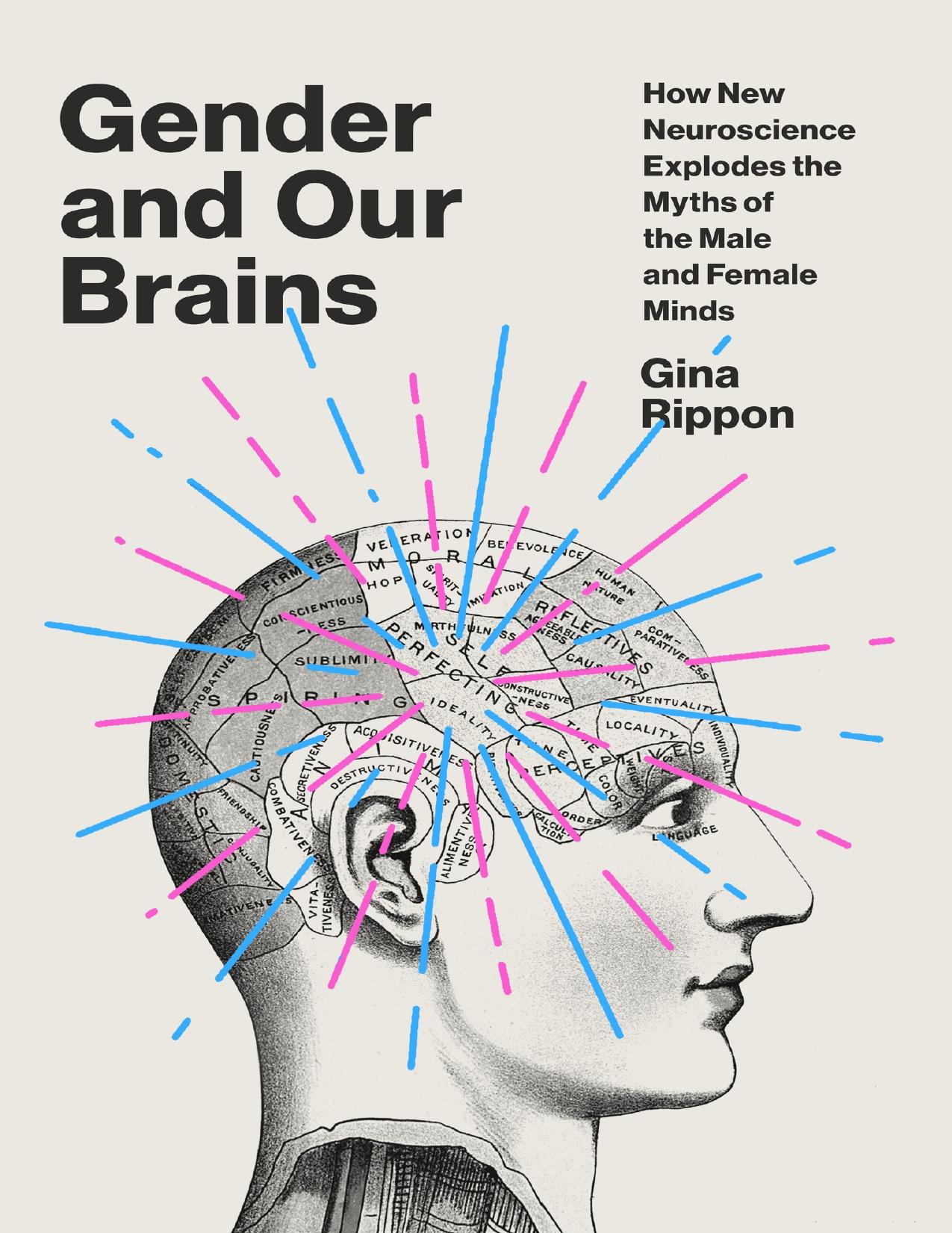Gender and Our Brains by Gina Rippon

Author:Gina Rippon
Language: eng
Format: epub, pdf
Publisher: Knopf Doubleday Publishing Group
Published: 2019-08-26T16:00:00+00:00
“Of Course I Would Buy My Son a Doll”
Among adults, there appears to be pretty widespread agreement as to what constitutes male-typed, female-typed and neutral toys. In 2005, Judith Blakemore and Renee Centers, psychologists from Indiana, got nearly 300 U.S. undergraduates (191 females, 101 males) to sort 126 toys into “suitable for boys,” “suitable for girls” or “suitable for both” categories.46 Based on these ratings, they generated five categories: strongly masculine, moderately masculine, strongly feminine, moderately feminine and neutral. Interestingly, there was fairly universal agreement between males and females about the toys’ genders. There were ratings disagreements about only nine of the toys, with the largest difference concerning a wheelbarrow (rated as strongly masculine by men and moderately masculine by women); similarly, there was a bit of arm wrestling over horses and toy hamsters (rated moderately feminine by men and neutral by women), but there were no incidences of cross-gendering. So it would appear that “toy typing” is pretty clear-cut in adult minds.
And do children agree with these ratings? Do all boys choose boy toys, all girls choose girl toys? To consider this, let’s look at a lab-based study on this issue. As in many other instances we have looked at, what questions are asked, how they are asked and how the answers are interpreted can give us pause for thought in assessing claims that toy preference is one of the most robust sex differences that psychologists have found.
Brenda Todd, a psychologist from City University in London, researches children’s play. Her group was interested in the emergence of preferences for “gender-typed” toys, so they began by surveying ninety-two men and seventy-three women, aged between twenty and seventy years, in order, rather like the study above, to identify how adults might gender toys.47 The participants were asked which toy first came to mind when thinking about a young girl or a young boy. For a boy, the most common response was “car,” followed by “truck” and “ball.” For a girl it was “doll,” followed by “cooking equipment.” Teddy bears were identified as a female toy, but the researchers then argued that baby boys got teddy bears as well, so they elected to include a pink teddy and a blue teddy in their offerings. (You may ponder why the researchers, having rightly identified the need to get some outside confirmation of how to label the toys they were testing, decided to override the answers they got. And, additionally, to throw the whole pink-blue scenario into the mix.) Nevertheless, in the final selection a doll, a pink teddy and a cooking pot were given “girl” labels, and the “boy” labels were awarded to a blue teddy, a car, a digger and a ball.
Once these adult-labeled toys are field-tested on children, do all little boys obligingly head for the car/digger/ball/blue teddy bear? And all little girls for the doll/cooking pot/pink teddy bear? The toys were given to three groups of children: one aged 9–17 months (identified as the age when children first start
Download
This site does not store any files on its server. We only index and link to content provided by other sites. Please contact the content providers to delete copyright contents if any and email us, we'll remove relevant links or contents immediately.
Periodization Training for Sports by Tudor Bompa(8209)
Why We Sleep: Unlocking the Power of Sleep and Dreams by Matthew Walker(6651)
Paper Towns by Green John(5136)
The Immortal Life of Henrietta Lacks by Rebecca Skloot(4548)
The Sports Rules Book by Human Kinetics(4339)
Dynamic Alignment Through Imagery by Eric Franklin(4175)
ACSM's Complete Guide to Fitness & Health by ACSM(4019)
Kaplan MCAT Organic Chemistry Review: Created for MCAT 2015 (Kaplan Test Prep) by Kaplan(3969)
Introduction to Kinesiology by Shirl J. Hoffman(3743)
Livewired by David Eagleman(3728)
The Death of the Heart by Elizabeth Bowen(3577)
The River of Consciousness by Oliver Sacks(3571)
Alchemy and Alchemists by C. J. S. Thompson(3480)
Bad Pharma by Ben Goldacre(3395)
Descartes' Error by Antonio Damasio(3247)
The Emperor of All Maladies: A Biography of Cancer by Siddhartha Mukherjee(3111)
The Gene: An Intimate History by Siddhartha Mukherjee(3074)
The Fate of Rome: Climate, Disease, and the End of an Empire (The Princeton History of the Ancient World) by Kyle Harper(3030)
Kaplan MCAT Behavioral Sciences Review: Created for MCAT 2015 (Kaplan Test Prep) by Kaplan(2957)
